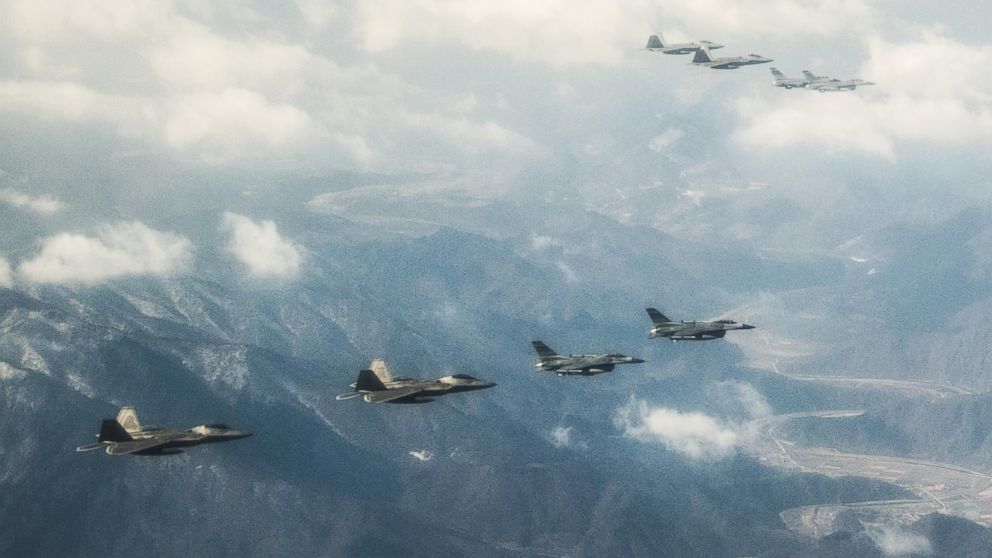US Uses $400M F-22 Raptor Jets in Syria Despite Not Needing Them
In first major combat ops, pricey F-22s have dropped 200+ bombs in ISIS fight.
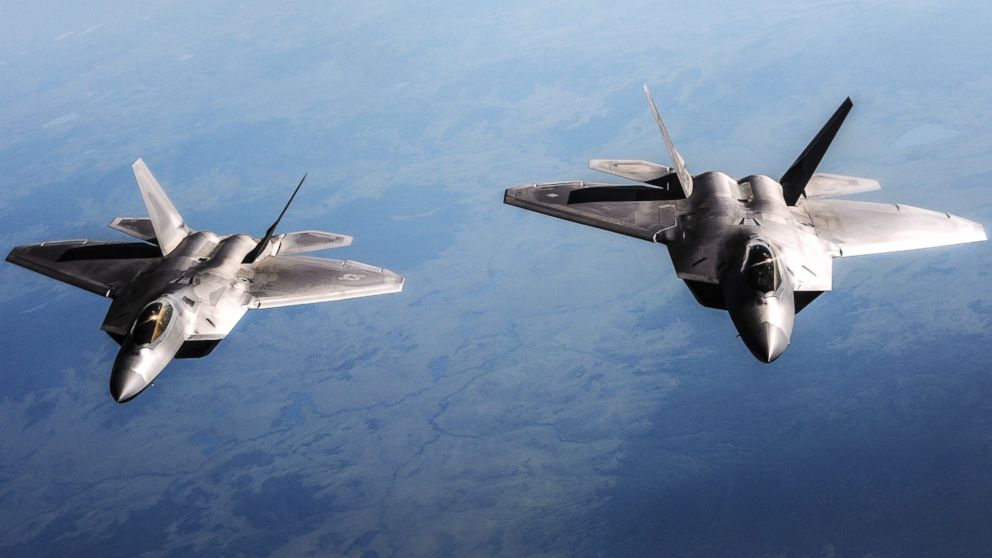
— -- For years they were the highly-advanced aircraft without a mission, decried by critics as having been built from more than $80 billion in taxpayer dollars for an enemy that doesn’t exist. But now, more than a decade after the first jets went operational, the next-generation stealth F-22 Raptors are... still looking for that enemy, and settling for bombing militants in Syria and Iraq in the meantime.
The jets, some of the most sophisticated and priciest stealth fighter planes ever built, are not sitting out the Air Force’s latest aerial operations in Iraq and Syria, as they did in previous campaigns in Iraq, Afghanistan and Libya. Since their maiden mission in September 2014, F-22s have been “operating regularly” in the anti-ISIS campaign and have dropped more than 200 bombs on targets in 150 sorties, according to the Air Force.
“We have generally been tasked to target and destroy Daesh [ISIS] training camps, vehicle-borne improvised explosive device manufacturing and storage facilities, fighting areas, various [ISIS] headquarters facilities and [ISIS-controlled] oil distribution capabilities,” Air Force Capt. Joseph Simms said in a statement provided to ABC News. “The F-22s have been instrumental in taking out a lot of high-value targets.”
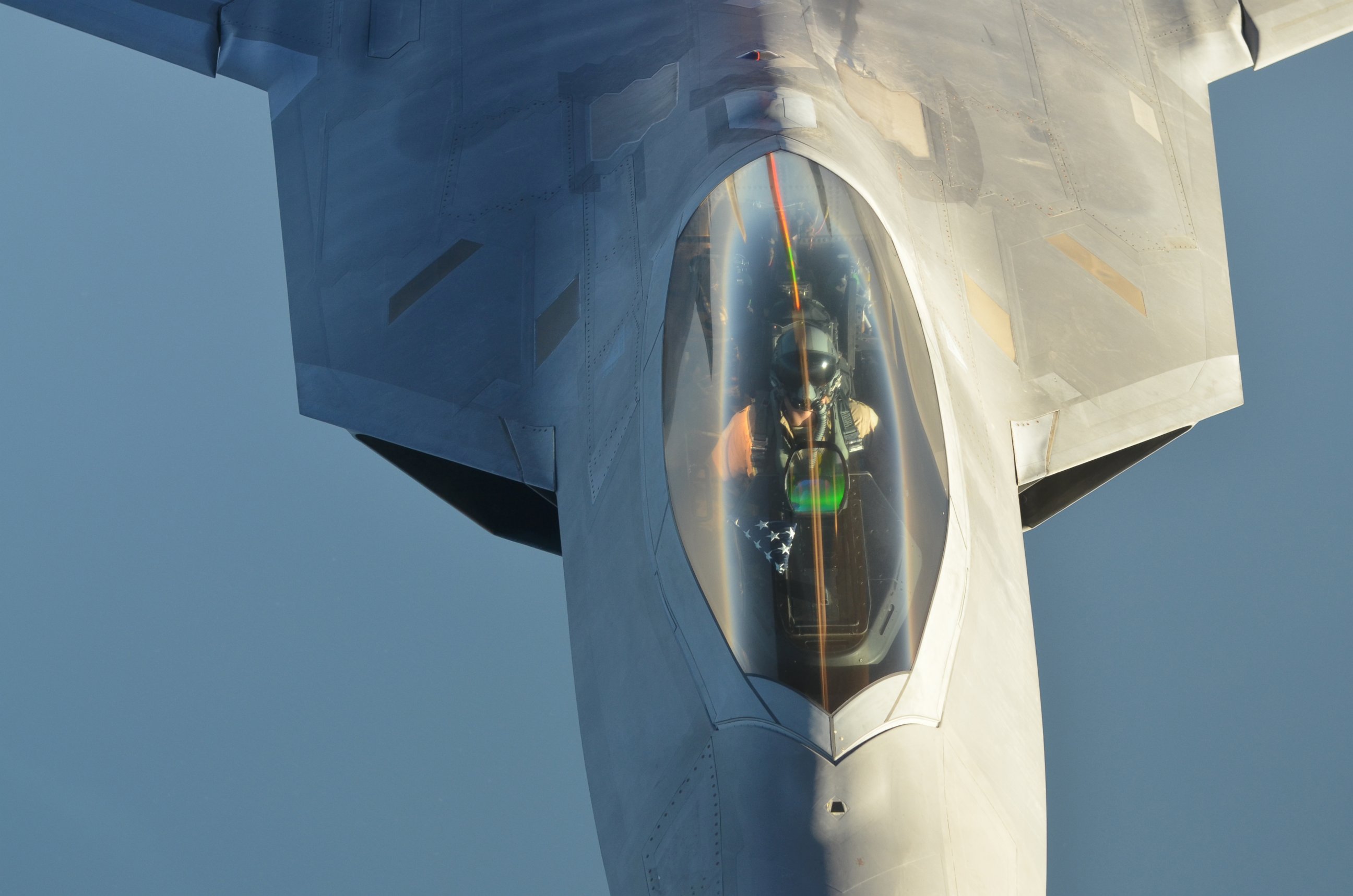
But these missions are not the ones for which the air-to-air combat specialist F-22 was initially designed, and the Air Force acknowledges that the pricey planes don’t necessarily need to be the ones conducting them.
“The F-22 isn’t an operational necessity,” Air Force spokesperson Maj. Tim Smith told ABC News, “but it is one of the great tools that can be used in this conflict to deliver airstrikes with precision.”
The Raptor was designed and developed in the late 1980s and 1990s with potential showdowns against the sophisticated militaries of Russia or China in mind -- not the series of drawn-out conflicts against poorly trained and equipped but nonetheless persistent foes like al Qaeda, the Taliban and, now, ISIS that came to pass. The U.S. government initially ordered more than 600 Raptors, but funding for new planes was cut off in 2009 and less than 200 of them were actually delivered, sending the price-per-plane skyrocketing to over $400 million including research and development costs. Then-Defense Secretary Robert Gates outlined the logic of the move in 2009:
“The F-22 is clearly a capability we do need -- a niche, silver bullet solution for one or two potential scenarios -- specifically the defeat of a highly advanced enemy fighter fleet,” Gates said then. “[But] the F-22, to be blunt, does not make much sense anyplace else in the spectrum of conflict.”
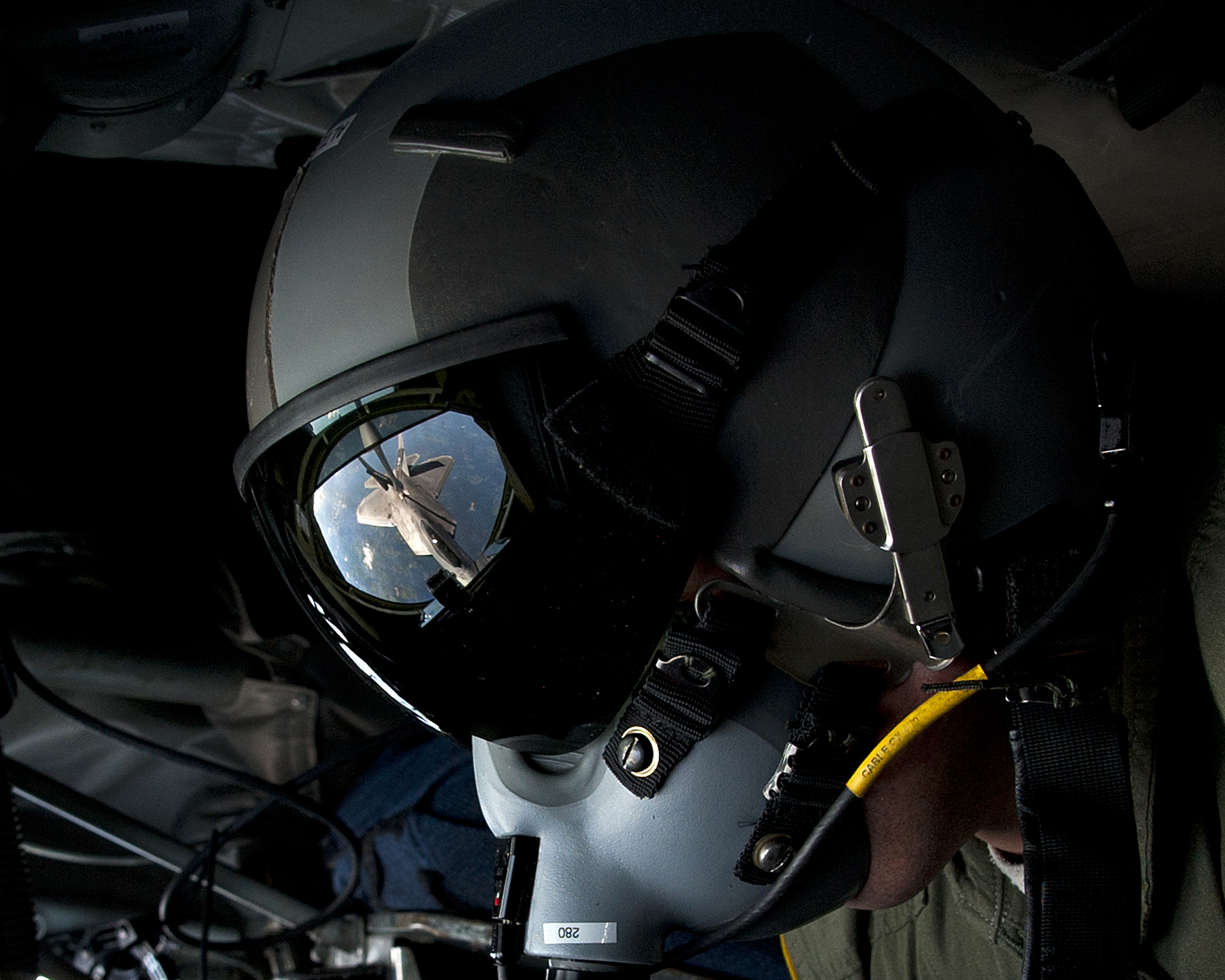
In 2011 Sen. John McCain, R-Ariz., was more blunt when speaking with ABC News’ Chief Investigative Correspondent Brian Ross. “Facts are stubborn things,” the senator said. “[The F-22] has not flown a single combat mission... I don’t think the F-22 will ever be seen in the combat it was designed to counter, because that threat is no longer in existence.”
Now in Syria and Iraq and still lacking a "highly advanced enemy fighter fleet" to battle, the Air Force appears to be attempting to broaden the F-22’s spectrum by giving the planes missions more generally suited for air-to-ground attackers like the cheaper F-16 or, eventually, the F-22’s next-generation trouble-prone cousin, the F-35 Lightning.
Though not totally necessary, Air Force officials have praised some of the bonuses the F-22 brings to the table in Operation Inherent Resolve. Last July, an unidentified squadron commander said in an Air Force press release that the F-22 is able to use its stealth capabilities to “operate much closer to non-coalition surface-to-air missiles and fighter aircraft with little risk of detection.” The unnamed lieutenant colonel also said the F-22’s munitions are “extremely accurate from very long distances and [have] the lowest collateral damage potential of any weapon in our inventory.”
Maj. Smith told ABC News the plane has also shown its value by assuming the position of a kind of “aerial quarterback” in the complex airspace of Iraq and Syria.
“Although we don’t have Syria, Russia or others actively opposing our air operations in the region, with the number of air defenses and aircraft from different nations at play, there is a demand for the kind of ‘aerial quarterback’ capabilities the F-22 provides that wasn’t present to the same degree in earlier operations over Iraq or Afghanistan,” he said.
Air Force Gen. Hawk Carlisle touched on the “quarterback” quality in a speech at last February’s Air Force Association Air Warfare Symposium when he said the F-22 can “go to areas where other aircraft can’t, re-role and mission manage the entire force.” Air Force Times then paraphrased Carlisle’s remarks, reporting the F-22 could change mid-mission from an escort to “using its advanced sensors and avionics to help control other aircraft and change targets.”
“The airplane has performed fantastically,” Carlisle said. “When you have F-22s in a package, every single airplane in that package is better because the F-22s are there.”
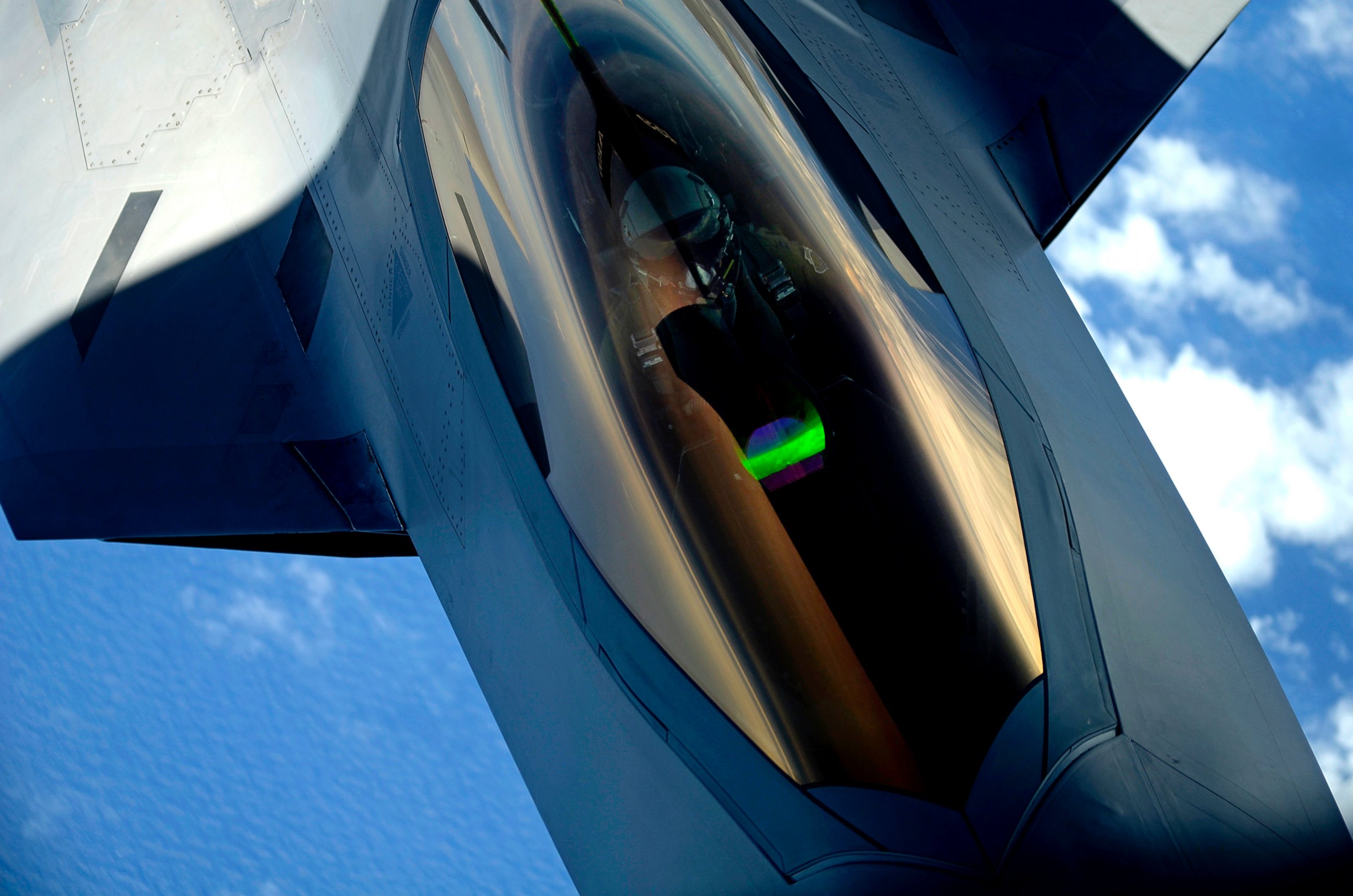
The plane's performance has apparently even won over Sen. McCain.
"The ability of the F-22 to hold Putin's fighters, Assad's surface-to-air missiles, and other ground targets at risk, while simultaneously servicing [ISIS] targets, is a testament to its undeniable operational flexibility," McCain said Friday in a statement provided to ABC News.
Supporters of the F-22, back in 2009 and more recently, say that the plane will really be worth its enormous price tag if the U.S. ever enters into conflict with Russia or China, as both nations are developing their own next-generation stealth fighters to rival the Raptor.
In the meantime, the Air Force is looking for other ways to leverage the advanced fighters both through bombing missions in Iraq and Syria and in so-called "deterrent" missions elsewhere in the world -- missions in which the U.S. hopes that having the Raptors nearby will be enough to scare enemies straight. Last week four F-22s flew in formation with South Korean fighters over the Korean Peninsula in a move the Air Force said was meant to "demonstrate the strong alliance" between the U.S. and South Korea.
The flights happened to take place days after North Korea unsettled the international community by launching a long-range missile.
